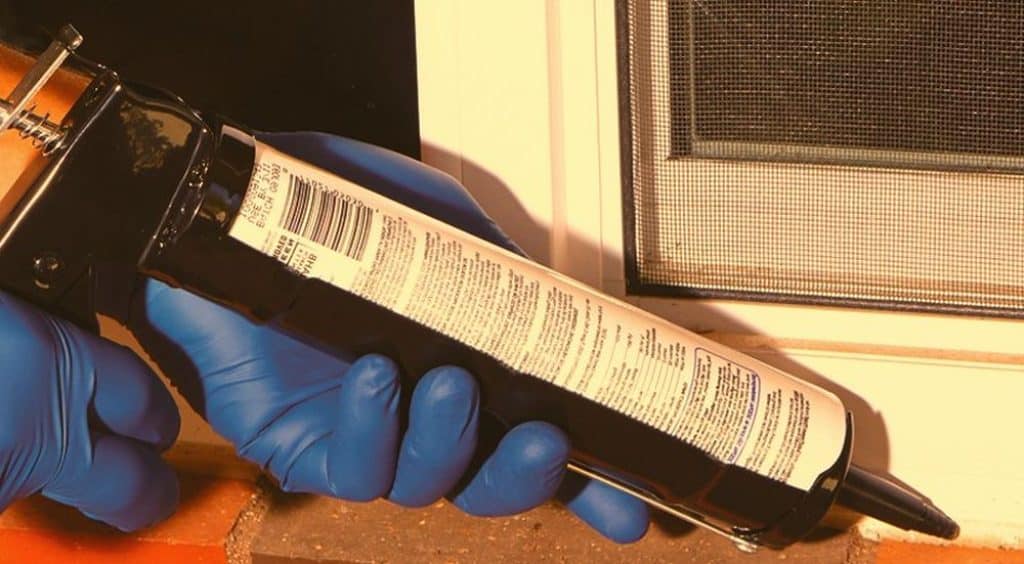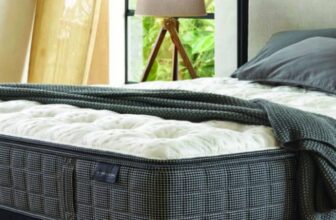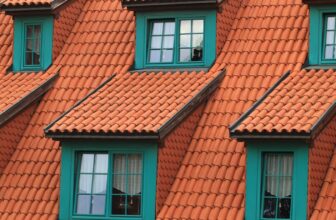Clear Caulk vs White – Which One To Use?
Every house, especially those older ones, has various gaps and cracks, that need to be sealed to prevent water and air leakage.
Doing this will prevent further damage, but also increase the insulation levels in your home and make it more energy-efficient.
The easiest and the most practical way to fill in these gaps is by using caulk.
However, you’ve probably noticed that every home improvement store carries a variety of products for different types of caulking.
Needless to say, if you don’t use the proper type of caulk or do it improperly, this simple task can turn into a real nightmare.
The most common confusion among homeowners is whether to use clear or white caulk.
While each of these is very useful, they provide satisfactory results only when applied to particular areas.
Below, I’ll compare clear caulk vs white and explain when it’s best to use each of them.
Table of Contents
Does Clear Caulk Go on White?

Before we compare clear and white caulk, I’ll address a common situation that often confuses homeowners when applying clear caulk.
If you’ve ever done caulking with clear caulk, you’ve probably noticed that. at some point, it may turn white.
This is particularly the case if you’re using caulk that contains latex. In most cases, this is nothing to be alarmed about.
During the caulk’s drying process, the structure of latex will change. As a result, the caulk will go from transparent to white at some point during curing.
However, if you wait for the caulk to properly dry off, it will turn clear again and keep that appearance.
This happens when the caulk is applied to a properly prepared, dry, and clean surface.
However, sometimes, clear caulk turning white may point to some issues you’ll need to deal with.
Below is the list of the most common of those issues.
Moisture
Clear caulk turning white may sometimes indicate that the surface you’re applying the caulk to is not completely dry.
This means that there is moisture trapped between the caulk and the surface. It prevents the caulk from fully curing and regaining its clear appearance.
Commonly, this may happen when you’re applying caulk to surfaces in bathrooms or kitchens.
The best thing to do here is to remove the caulk, properly clean and dry the surface, and apply the caulk again.
Expired Caulk
This is the most easily preventable reason for clear caulk turning white.
If you’re using caulk that is expired, it may not become active on the surface and cure properly, even if the surface is completely dry.
To prevent this, always use new clear caulk for any project and carefully check the expiration date.
This will save you the daunting work of removing the expired caulk and recaulking.
Poor Environment
Sometimes, clear caulk can go on white, even if you’ve done everything to properly prepare the working surface.
In some cases, the room itself will be too humid, hot, and poorly ventilated to allow the caulk to dry properly and become clear again.
When To Use Clear Caulk?
Due to its transparency, clear caulk is suitable for use in areas where you want to preserve the original appearance and have no intention of applying another coat of paint.
The clear caulk will seal those surfaces and, at the same time, allow for the original color to still be visible.
This way you can preserve the visual continuity and integrity of the whole room.
Interior designs also recommend using clear caulk around brightly colored tiles and bathroom elements as it allows these colors to really pop.
Clear caulk is commonly used in bathrooms and kitchens, where it serves to fill a tile or stone gap, especially around the sink or in the shower cabin.
It can also be applied to fill any less visible holes and gaps indoors, for example, to seal window and door framings.
Clear caulk also works great for sealing pipes, ventilation, roofing, or air-conditioning units.
When To Use White Caulk?
White caulk is an extremely versatile tool in every homeowner’s materials. It can be used to seal gaps and cracks in a variety of materials all around the house.
Commonly, white caulk is applied when there’s a need to seal the gaps around trim, baseboards, and siding.
As these elements are usually next to the white-painted walls, white caulk fits nicely and is often unnoticeable.
In addition, it will make trim and side material last longer and improve the house insulation.
Sometimes, white caulk is also preferred in the bathroom and kitchen.
This is mostly the case when the bathroom elements, such as the toilet, sink, or tiles on backsplashes and in the shower, are also white.
Of course, in these parts of the house, there’s an issue with moisture, so you’ll have to choose the right type of white caulk that is mold and mildew-resistant.
Clear Caulk vs White – What’s The Difference?
Both clear and white caulk have their role to play in house maintenance, but each has its strengths that make them more suitable for certain applications.
Clear caulk is preferred in bathrooms as it can fit with tiles and bathroom fixtures of any color and has great sealing properties.
On the other hand, white caulk is the better option for trims and sides.
When you need to fill the space or crack between trim and the wall, white caulk will nicely create a seamless transition.
Using clear caulk for these purposes will seal the gaps, but also make them more visible and accentuate the cracks.
Another major difference is that white caulk is much more receptive to paint.
If you plan to apply another coat of color over the area where you’ve previously caulked the gaps or cracks, white caulk will provide a more adhesive surface than the clear type.
Conclusion
Clear and white caulk basically serve the same purpose. They’re both used to seal any gaps and keep the whole house water and airtight.
However, not every gap is the same.
For some white caulk will be more suitable, while for others the clear option will work better.
When applied properly and in the area they’re intended for, both these caulk types will prevent potential future damage, make your house more energy-efficient, and improve the appeal of your living space.
Just make sure that you do your research before caulking and learn which of these two options will work best for a particular project.



















































































